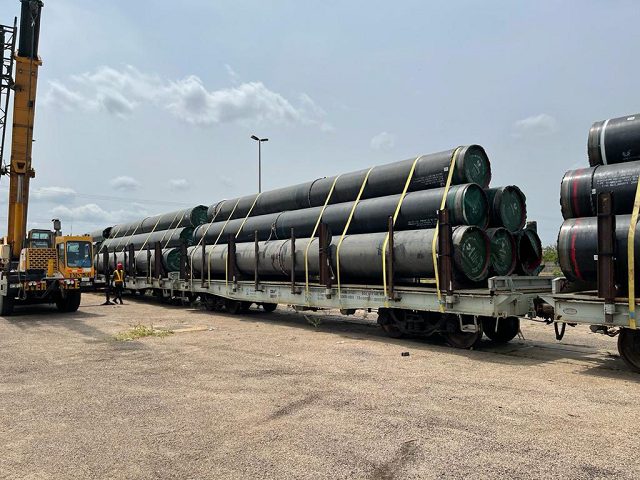The Organisation of the Petroleum Exporting Countries, OPEC, production output jumped to another record, hitting 33.54 million barrels per day (b/d) in October.
The figure was significantly buoyed by recoveries in Nigeria and Libya and more than offset field maintenance in Angola. The gains, which total 300,000 b/d from September and marks the fifth consecutive month of increased production, further complicate the path for OPEC to freeze production between 32.5 million to 33 million b/d in order to support prices and accelerate the drawdown of inventories.
“OPEC’s freeze math has gotten more complicated as its countries keep pumping more,” said Herman Wang, senior writer for S&P Global Platts.
“With OPEC having self-imposed a November 30 deadline to finalise the freeze, the pressure will be on it to deliver a deal that the market views as credible. Progress towards that goal has been slow, and a fifth straight month of record high production won’t help.”
Nigeria and Libya are exempt from the freeze, according to the plan announced in Algiers five weeks ago, but increases in Iraq and the expected return of Angolan production once the Dalia field maintenance is complete will make it harder.
Meanwhile, Saudi Arabia, which is expected to bear the brunt of any cuts that the producer group implements, saw its output decline to 10.53 million b/d for October, with reduced crude consumption for power generation as the peak summer air conditioning season ended.
Nigeria, which resumed loadings of key export grades, Qua Iboe and Forcados, in late September, saw its production recover to 1.68 million b/d in October, as the exports of all of its key exports grades have resumed.ay.
Libya’s production rose to an average of 530,000 b/d in October, as it continues to ramp up after exports from some if its eastern ports have resumed.
Libya’s output has more than doubled since August, as production recovered sharply following news in September that Libya’s state-owned National Oil Corporation (NOC) had lifted force majeure at the 360,000 b/d Es Sider terminal and also the 220,000 b/d Ras Lanuf and 70,000 b/d Zueitina terminals.
NOC chairman, Mustafa Sanalla, told S&P Global Platts that Libyan oil production was now 585,000 b/d, and also that the Es Sider terminal, which has been down since December 2014, was ready to begin loadings “within days.”
Production in fields operated by the Waha Oil Company, Harouge Oil Operations and Arabian Gulf Oil Company have also increased in the past few months.
Angola production declined to 1.47 million b/d, as the key Dalia field which produces around 200,000-250,000 b/d was down for maintenance the entire month. Output is expected to come back online this month.
Final details of OPEC’s freeze including individual country allocations and which production estimates are used to verify compliance are to be decided by the organisation’s next formal meeting, November 30, in Vienna.
OPEC ministers on September 28 agreed to a preliminary deal to freeze production between 32.5 million and 33 million b/d.














